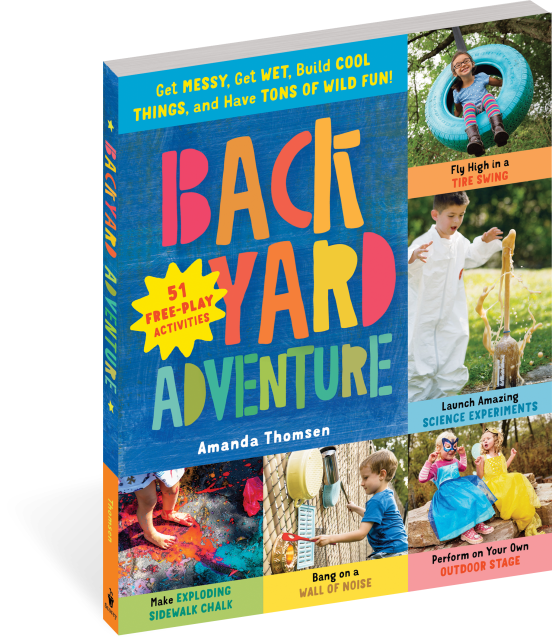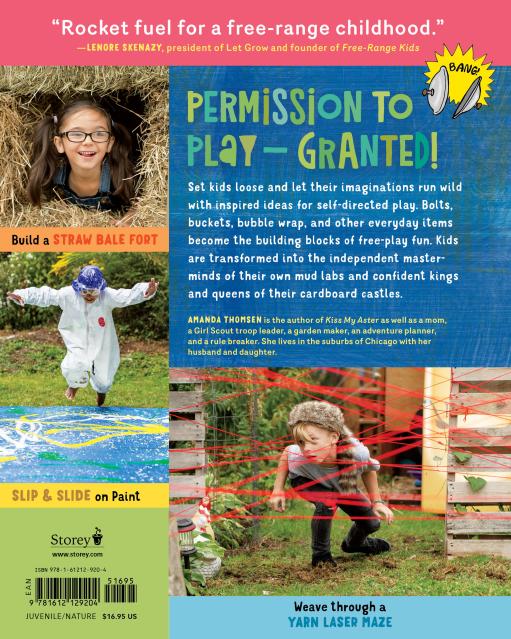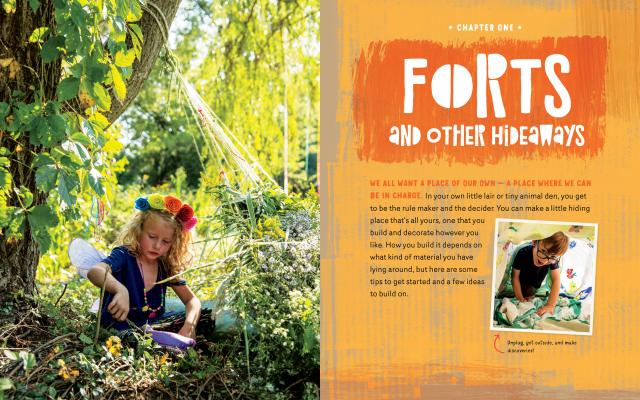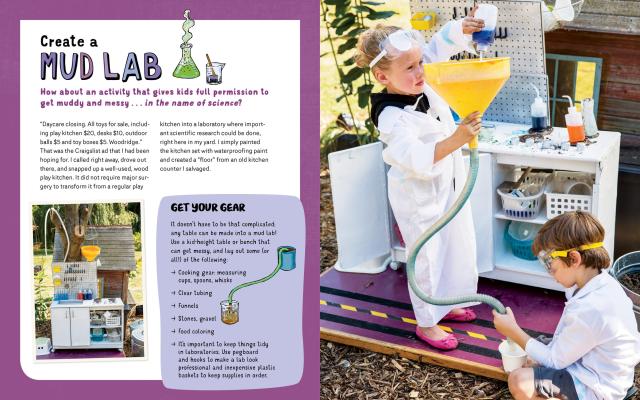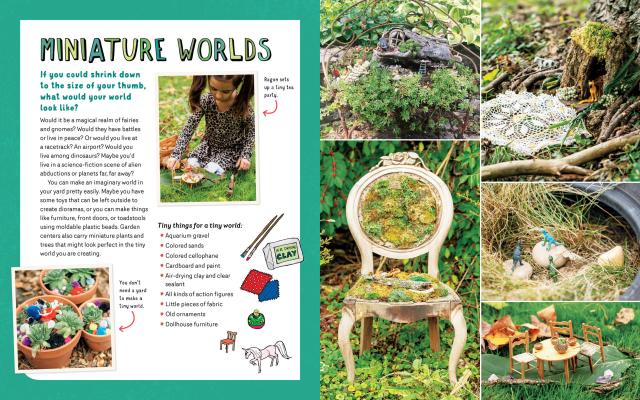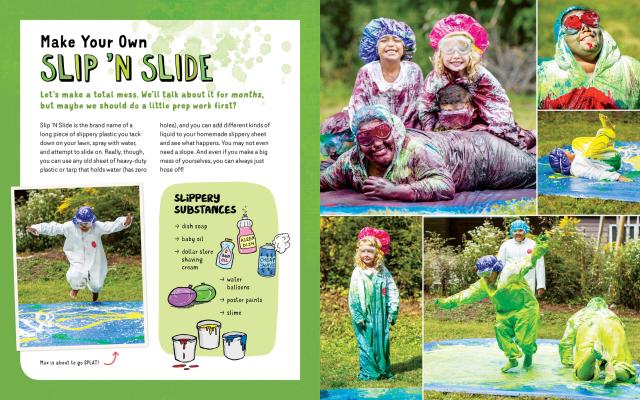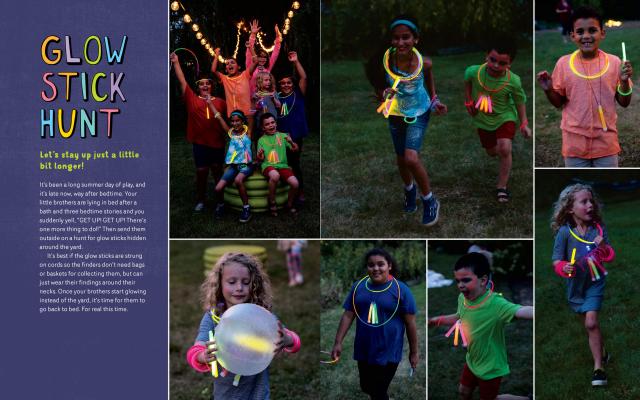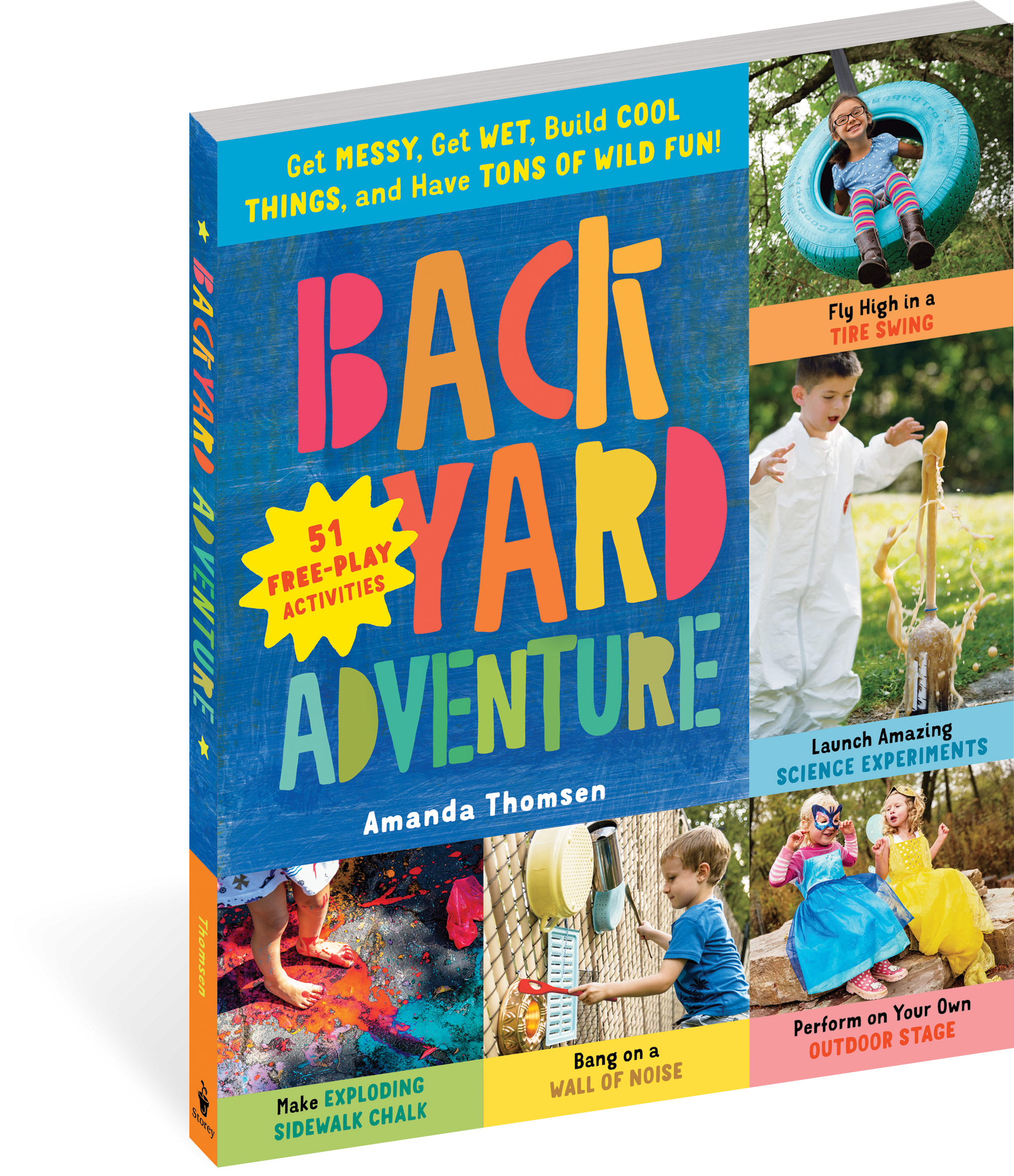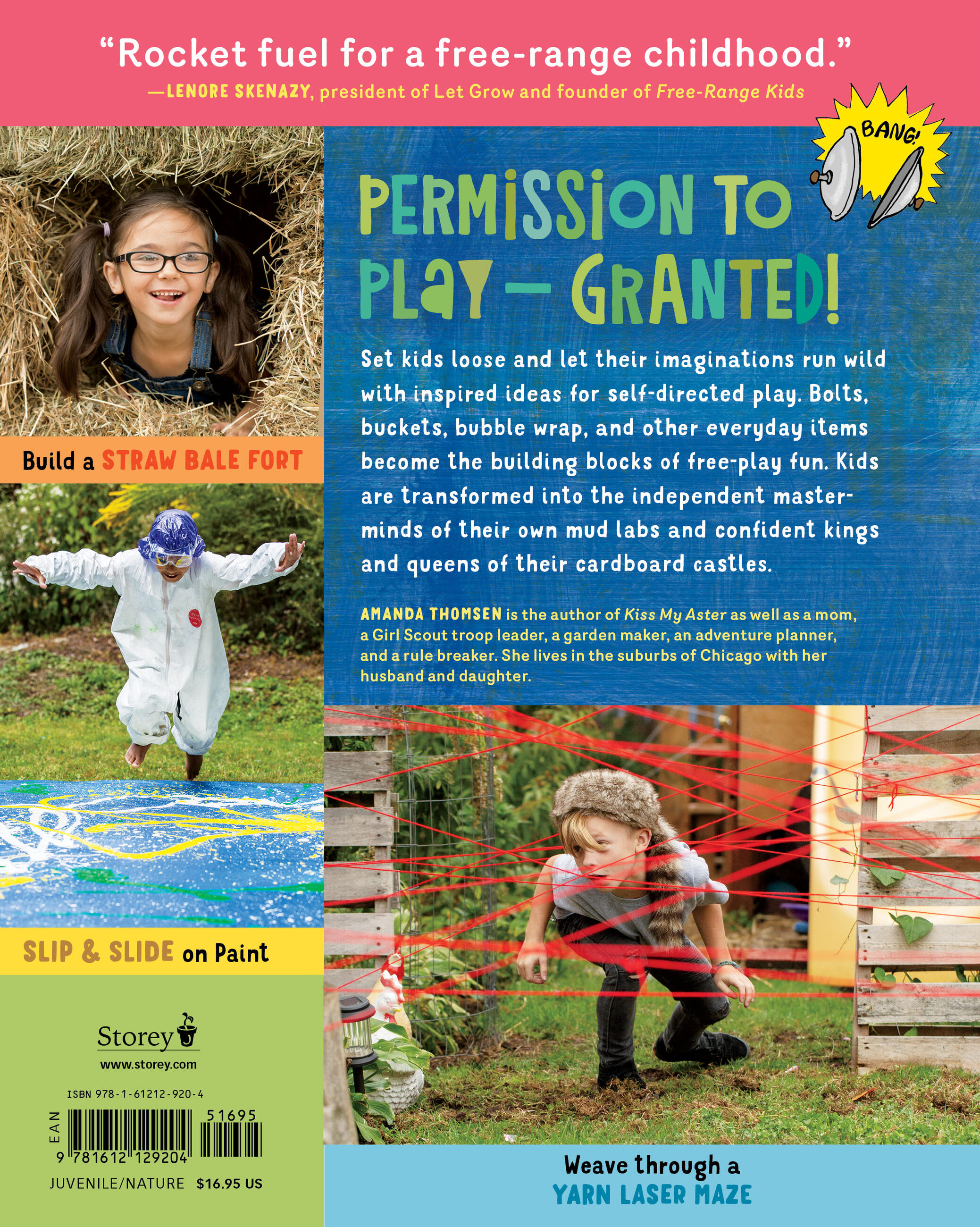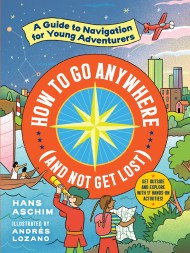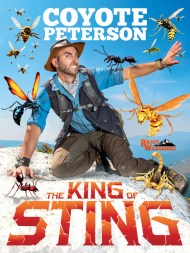Promotion
Use code MOM24 for 20% off site wide + free shipping over $45
Backyard Adventure
Get Messy, Get Wet, Build Cool Things, and Have Tons of Wild Fun! 51 Free-Play Activities
Contributors
Formats and Prices
Price
$16.95Price
$22.95 CADFormat
Format:
- Trade Paperback $16.95 $22.95 CAD
- ebook $11.99 $15.99 CAD
This item is a preorder. Your payment method will be charged immediately, and the product is expected to ship on or around April 2, 2019. This date is subject to change due to shipping delays beyond our control.
Also available from:
The backyard has long been a space associated with recreation and relaxation, a private patch of earth to escape to, and a springboard for the imagination. In her signature style and drawing on her personal experience as a mother, gardener, and author, Amanda Thomsen encourages kids to create kingdoms of their own making, right in their own backyards. With whimsical projects for every season and any setting, from forest to pavement, fun-seeking kids and their families will rediscover the yard as a place for inspired play, using repurposed materials and existing features of outdoor spaces. Whether they’re creating tiny gardens inhabited by action figures, weaving a secret hideaway out of a loom of twine and twigs, or setting sidewalk cracks on fire with Coffeemate, Backyard Adventure lets kids of all ages turn their yards into a place they can call their own.
Genre:
-
“Rocket fuel for a free-range childhood.” — Lenore Skenazy, president of Let Grow and founder of Free-Range Kids
“Play is the work of childhood and modern kids are play-deficient. Backyard Adventure provides the healthy injection of play all children need. They’ll never realize they’re learning physics, chemistry, botany, and engineering — they’ll be having too much fun!” — Katherine Reynolds Lewis, author of The Good News About Bad Behavior: Why Kids Are Less Disciplined Than Ever — And What to Do About It
“Wow, what a treasure trove of ideas and projects. I was laughing and saying aloud, YES, YES, YES! Amanda Thomsen understands that the simplest things in nature are what nurture young souls and spirits. Hurrah!” — Sharon Lovejoy, Author of Roots, Shoots, Buckets Boots, Sunflower Houses, Camp Granny and many more favorite books for children
- On Sale
- Apr 2, 2019
- Page Count
- 160 pages
- Publisher
- Storey
- ISBN-13
- 9781612129204
Newsletter Signup
By clicking ‘Sign Up,’ I acknowledge that I have read and agree to Hachette Book Group’s Privacy Policy and Terms of Use
